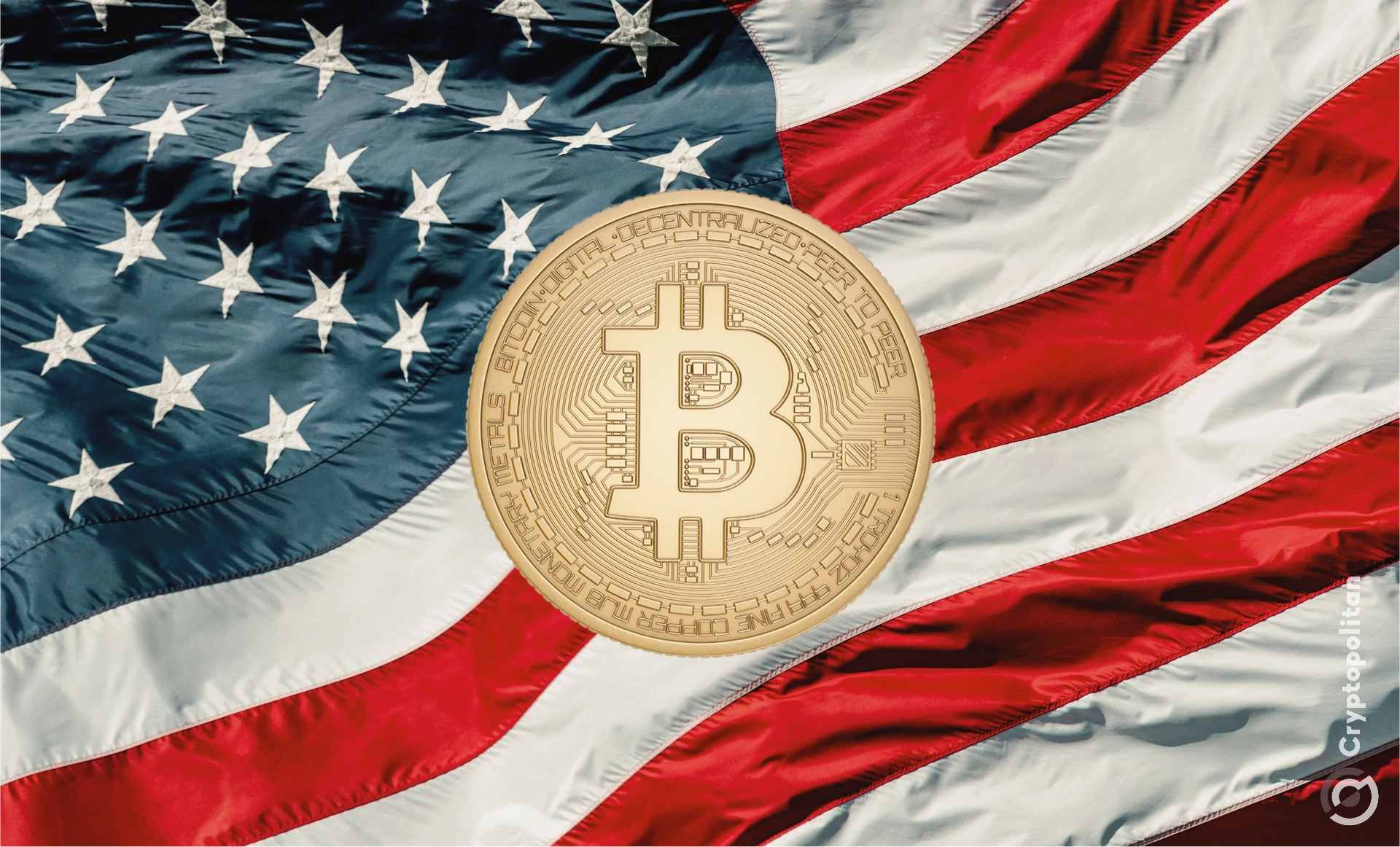Bitcoin (BTC) may feel additional pressure from Silk Road’s potential unwinding of its wallet. For now, there are no direct signs of selling, but the coin’s specific segregated wallet raises suspicions.
The US government may have negotiated or actually sold Bitcoin (BTC) from the confiscated wallets of Silk Road. The evidence is still partial, but viewed as one of the sources of downward pressure on the price of BTC.
The Silk Road BTC stash was segregated as part of the pre-sale agreement, but they are not yet sent to an exchange wallet. The Silk Road coins, a total of 19.8K BTC, were sent to their interim address three weeks ago. Recent movements show the US government may have placed 10K BTC on exchanges, but is still far from the plan of liquidating the Silk Road coins at speed.
The news of the potential sale arrived after BTC dipped under $58,000, in spite of growing market liquidity and buying from longs, ETFs, and whale wallets. BTC later recovered to $58,378.99. The recent price moves made BTC more volatile, making traders more aware of every source of potential selling pressure.
Silk Road sale may go through the custody stage
The total Silk Road available for sale is 41K, as interim custody wallets are closely watched for signs of liquidation. The suspicions of selling the coins come from the usual way that the US Marshals Service has handled the confiscated coins. Previously, the coins were sold at an auction, with no direct inflows into known exchange wallets.
There are no other signs of outgoing or test transactions to a new wallet from the address holding 19.8K BTC. Random users are also sending small amounts of BTC from veiled CoinJoin addresses.
The current Silk Road segregated wallet is behind schedule on selling, but the US government has set out specific rules for the liquidation of coins. This means even as a segregated wallet, the funds may find a buyer even without a transaction to Coinbase Prime.
Some selling pressure may be coming from a recent 10K BTC deposited to Coinbase Prime. This is the first significant transaction from US government vaults and into an exchange wallet. Arkham connected the transaction to a specifically segregated Silk Road coin stash. But there is still uncertainty if the coins have been sold, or if they are held in custody for another liquidation step.
The US government becomes an inadvertent long-term holder
In the past few days, other wallets of interest have remained active, though with no coin moves that would suggest imminent selling. The Bitfinex hack recovery wallet has received dusting from CoinJoin addresses, possibly to trace the coins.
No auction on additional confiscated BTC has been announced recently. The talk of selling more BTC is also seen as deliberate fear-raising messages. At the same time, all big coin movements end up increasing fear as BTC sentiment remains volatile.
The relative inactivity of the largest known US government wallet also arrives at a time when traders seek an explanation for the sliding BTC price. Skeptics view the price crash as inherent to market sentiment and not a sign that the US government is shedding BTC aggressively.
In total, the US government wallets hold 1.03% of the total BTC supply, or 203,239 BTC. The wallet is similar in clout to big exchanges or other significant reserves. The biggest worry is that the US government may choose a moment of bearish sentiment and further depress the price. The BTC available for sale is four times the size of the German government’s wallet, which was liquidated a month earlier.
Over the years, the US government has held multiple auctions and sent funds to Coinbase for liquidation. The BTC rally to all-time highs made the remaining wallets much more valuable, raising doubts about the fate of the coins. In August, Senator Cynthia Lummis proposed a bill to expand the US strategic reserve to 1M BTC. The bill proposal arrived after the government wallets held their reserves for more than a year, sitting on unrealized gains of more than 100%.
Cryptopolitan reporting by Hristina Vasileva





